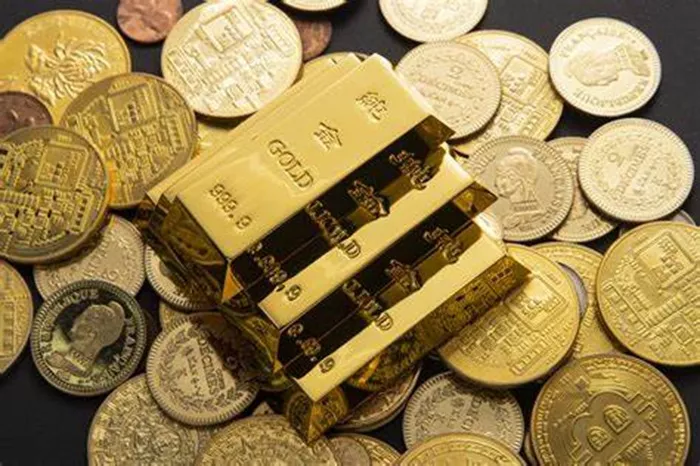Gold prices in India experienced a decline on Tuesday, as data from FXStreet revealed a notable drop in value. The price of gold per gram fell to INR 9,078.38, down from INR 9,162.60 on Monday. Similarly, the price per tola decreased to INR 105,888.50, compared to INR 106,870.80 the previous day.
This drop in gold prices comes amid broader market shifts, with various global economic factors contributing to the fluctuations. Here’s a detailed look at the current gold prices in India across different units:
1 Gram: INR 9,078.38
10 Grams: INR 90,806.52
1 Tola: INR 105,888.50
1 Troy Ounce: INR 282,373.60
Gold, traditionally viewed as a safe-haven investment, has been facing pressure due to receding demand for its safe-haven status. A modest uptick in the US Dollar has contributed to shifting investor attention away from gold, further impacting its price.
In addition to the currency movements, global trade developments have also played a role in the fluctuations. Recently, China made moves to exempt certain US goods from its retaliatory tariffs, signaling a potential de-escalation of tensions between the two largest economies in the world. On the heels of this, US Treasury Secretary Scott Bessent noted that several of the US’s top trading partners had made “very good” tariff proposals, which could bode well for global market sentiment.
Despite these signs of trade progress, investor sentiment remains cautious. US President Donald Trump mentioned last week that trade talks with China were ongoing, but China has denied the existence of any tariff negotiations. This mixed messaging continues to leave traders on edge, as they await clearer signals from both sides.
In the US, the Federal Reserve is expected to resume its rate-cutting cycle in June, with market pricing indicating a possibility of at least three rate cuts by the end of the year. Lower borrowing costs could help stabilize the price of gold, as its appeal typically increases when interest rates are lower, making it more attractive compared to interest-bearing assets.
In the geopolitical arena, tensions remain high. Russian President Vladimir Putin declared a 72-hour unilateral ceasefire in the Ukraine conflict from May 8, though Ukrainian President Volodymyr Zelensky dismissed the truce. Furthermore, North Korea’s involvement in the Russia-Ukraine conflict continues to add a geopolitical risk premium, maintaining some level of uncertainty in global markets.
Looking ahead, traders are keeping a close watch on upcoming US economic data, which could provide further insights into the Federal Reserve’s policy direction. Later on Tuesday, the release of the US Job Openings and Labor Turnover Survey (JOLTS) data will be closely monitored. In addition, the US Personal Consumption Expenditures (PCE) report on Wednesday and the Nonfarm Payrolls (NFP) report on Friday will likely offer fresh guidance for investors, particularly in relation to the Fed’s future moves on interest rates.
These global developments, combined with the ongoing fluctuations in gold prices, reflect the complex interplay of economic, geopolitical, and market factors that continue to shape the outlook for gold in the near term. As investors await clearer signs, the future of gold prices remains tied to the evolving global landscape.
Related topics:
- What is the Value of 18K Gold?
- Why Does Gold Price Increase During War?
- What is the Best Price Being Paid for Gold Sovereigns?


